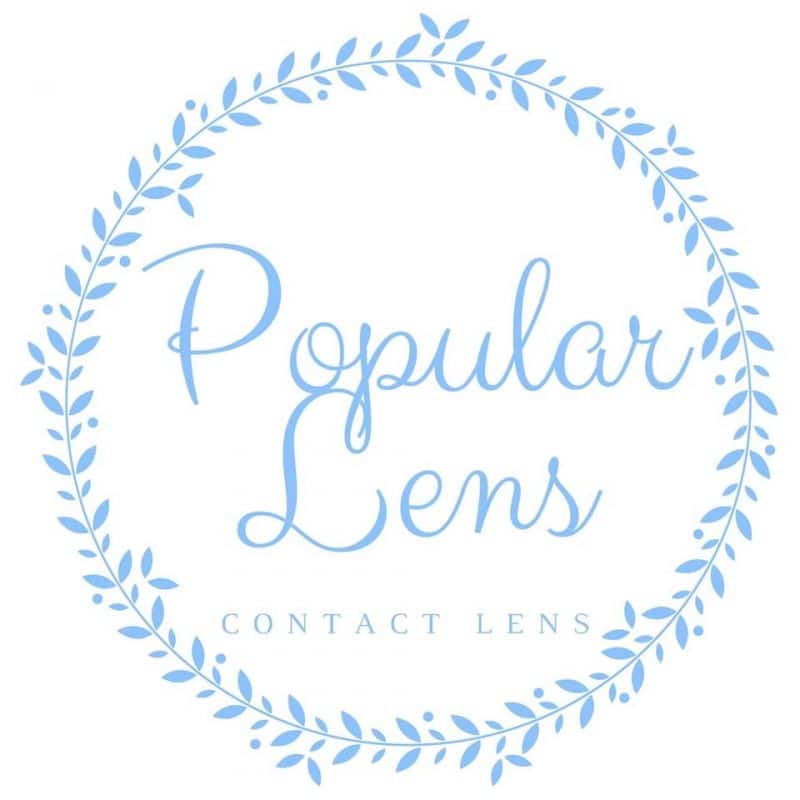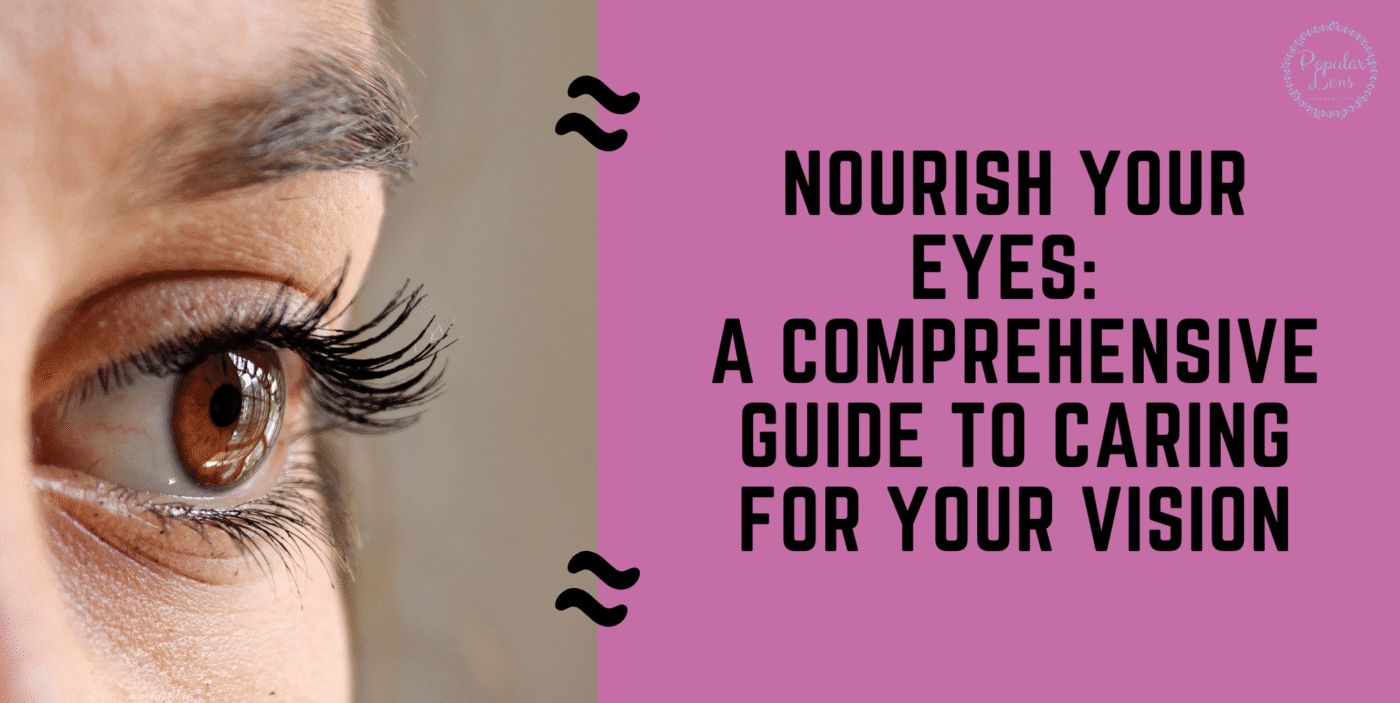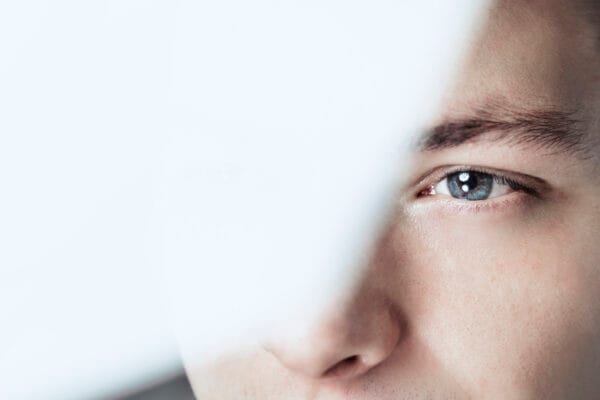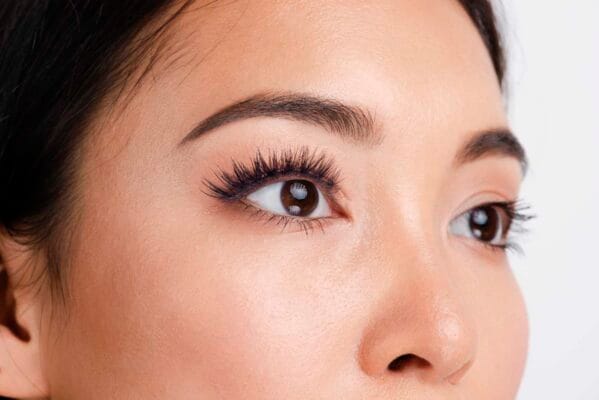Nourish Your Eyes
Nourish Your Eyes: A Comprehensive Guide to Caring for Your Vision
Nourish your eyes by adopting everyday routines that promote long vision health, feed your eyes the attention they demand. From a diet high in antioxidants to shielding your eyes from digital fatigue, every move matters. This thorough manual helps you maintain perfect vision and avoid typical eye problems.
Nourish Your Eyes 1: Feed Your Vision
Caring for your eyes begins with what you eat. Shielding your eyes and reducing the chance of age-related eye problems depends much on your food. Found in foods like eggs, carrots, and sweet potatoes, nutrients such vitamin A help maintain a clear cornea and improve vision in dim lighting.
Rich in lutein and zeaxanthin — powerful antioxidants that filter harmful blue light and hence reduce the incidence of cataracts and macular degeneration are leafy vegetables such as kale and spinach. Frequently found in fatty fish like salmon and sardines, omega-3 fatty acids promote good tear production, therefore preventing dry eye syndrome and supporting retinal function.
Along with vitamin E found in nuts and seeds, vitamin C found in bell peppers and citrus fruits combats oxidative stress, which over time can harm delicate eye tissues.Found in lentils and pumpkin seeds, zinc helps vitamin A travel from the liver to the retina to produce melanin, a protective eye pigment.Being adequately hydrated helps general eye function as well as moisture. Eating a balanced diet including plenty of various colourful fruits, vegetables, whole grains, and lean meats is a long-term investment in your vision.
While no one food guarantees perfect eyesight, regular intake of eye-friendly nutrients significantly lowers your chance of vision loss.Keeping your eyes in good shape as you get older and nourish them from within is a simple yet powerful way achieved by means of eating the right foods.
Nourish Your Eyes 2: Digital Eye Strain
Long screen time has become practically unavoidable in the present digital age; hence it leads to a common but often disregarded ailment known as computer vision syndrome or digital eye strain.
Whether they are on tablets, smartphones, or computers, hours spent staring at displays might result in symptoms including dry eyes, fuzzy vision, headaches, and neck or shoulder pain. Being aware of your behaviours is vital to feed and shield your eyes in a society dominated by screens. The 20-20-20 rule — look at something 20 feet away for at least 20 seconds every 20 minutes is among the most efficient ways to let your eye muscles relax.
@mycorneacare 5 tips for healthy eyes for life! #eyehealth #healthyeye #healthyaging #healthyagingtips #eyes #corneacare
♬ Lo – Official Sound Studio
Setting screen brightness and contrast to fit your surroundings can also help to lower strain. Blue light filters or glasses that block high-energy visible light can also aid in strain reduction. Place your screen arms length and slightly below eye level to promote good posture and minimise glare. Staying hydrated and blinking more often can also help fight the dryness brought on by lower blink rates during heavy screen use. Including brief pauses all through your workday clears your general attention in addition to relieving the eyes.
Nourishing your vision finally transcends food it means providing your eyes the frequent rest and protection they require in a digital-heavy society. Giving these little but significant improvements top priority can help avoid long-term vision long-term vision problems and enable healthier, more comfortable screen usage.
Nourish Your Eyes 3: Give Your Eyes a Break
Particularly in our screen-dominated society today, giving your eyes a rest is a need in any vision care regimen. Digital eye strain, marked by dryness, hazy vision, headaches, and fatigue, can result from prolonged periods of looking at digital devices.
The 20-20-20 rule is a basic but effective approach to fight this: every 20 minutes, focus on something 20 feet away for at least 20 seconds. This lets your eye muscles rest and realign. Beyond screen pauses, good sleep is quite important for eye health. Getting 7 to 9 hours of restful sleep every night lets the eyes recover from daily exposure to light and pollution, maintain correct moisture balance, and rest.
Brief visual breaks taken throughout the day, going outside for natural light, doing light eye rolls, or perhaps just shutting your eyes for a while can help to lower stress even more. Removing contact lenses for a few hours might help for individuals who wear them lessen pain and dryness. Setting up a well-lit workspace, modifying the screen brightness, and maintaining a comfortable viewing distance are other sensible techniques to avoid overexertion.
Regular eye breaks helps to preserve your long-term eyesight as well as it enhances comfort. Adding these activities into your daily schedule lowers your chances of future chronic tiredness and possible eye impairments by assisting your eyes’ intrinsic ability to rest and recover. Prioritising rest is a great prophylactic strategy to feed your eyes.
Nourish Your Eyes 4: Cleanliness & Contact Lens Hygiene
Keeping good contact lens hygiene and cleanliness is very important for keeping your eyes healthy and avoiding infections. Unclean or improperly treated lenses can cause dangerous germs and particles to accumulate, therefore raising the chance of major eye disorders including corneal ulcers, conjunctivitis, or even blindness.
Before handling your lenses or eyes, always thoroughly wash your hands with soap and water; this is the most fundamental guideline. To prevent spreading particles, dry your hands using a lint-free towel. Never keep or wash your lenses in tap water because it might have microorganisms that can harm the cornea. Use just the suggested sterile contact lens solution and adhere to the cleaning instructions provided by your eye care professionals rather than anything else.
@samuelvip.7 Using Your Phone in the Dark? Here’s Why It’s Hurting Your Eyes E 00 Do you scroll on your phone in the dark before bed? Your eyes aren’t built to handle intense blue light in total darkness! Over time, this can cause: Dry eyes & headaches Blurred vision Disrupted sleep Want better sleep & healthier eyes? Put the phone down before bed! #bluelightexposure #phonesafety #eyestrain #healthysleep #digitalwellness #screenfatigue #sleepbetter #eyehealth #selfcaretips #visioncare #stopscrolling #mindfulhabits #tiredeyes #healthylifestyle #techawareness #betterhabits #explorepage
♬ original sound – Samvip
Disposables should never be used beyond their intended lifespan, even if they feel good; extended use might induce tiny damage and lower oxygen supply to the eyes. Daily cleaning and every one to three months replacing contact lens cases help to inhibit bacterial development. Sleeping with lenses not meant for overnight usage might deny the eyes of vital oxygen and raise the possibility of infection. Take out your lenses right away and visit an eye doctor if your eyes start to hurt, get irritated or turn red.
Consistently following excellent cleanliness preserves your vision, guarantees comfort, and avoids long-term issues. Good care keeps your vision in the long run nourished and preserved, although it doesn’t require a lot of time. Your eyes merit that kind of daily care and respect.
Nourish Your Eyes 5: Regular Eye Exams Matter
Good long-term eye health is built on regular eye exams.Early diagnosis, prevention, and overall vision care depend on them. Even if your eyesight seems perfect, comprehensive eye examinations can reveal hidden conditions including cataracts, macular deterioration, glaucoma, and diabetic retinopathy — sometimes before symptoms manifest.
Many eye diseases advance quietly, causing increasing vision loss that could go undetected until significant damage has occurred. Early identification of these issues is made possible by routine checkups, which helps to maximise the benefits of therapy. For those who wear glasses or contact lenses, eye exams ensure your prescription is correct, hence reducing unnecessary eye tiredness and enhancing daily comfort.
Regular examinations that track vision growth and aging-related changes especially benefit kids and elderly persons. Along with your vision, a thorough checkup by an ophthalmologist or optometrist also checks the coordination of your eyes, internal eye pressure, and condition of your retina. Emphasising how the eyes can reflect general health, these tests can also expose underlying medical problems including diabetes, high blood pressure, even brain tumours. Adults should ideally get their eyes checked every one to two years, or more often if a doctor advises it.
Earlier and more frequent surveillance may be required for persons whose family history of eye disease, chronic health conditions, or high screen exposure. Choosing regular eye care first guarantees clarity, comfort, and protection for years to come, therefore investing in the health of your vision.The first easy but efficient step in feeding your eyes for life is this one.

We are a company of optometrists & opticians. We focus on providing our customers with their preferred optical products to improve visual acuity and enhance their quality of life. At PopularLens, you will find niche and exclusive brands.
 Free Shipping within SG With Order Over $80
Free Shipping within SG With Order Over $80 Lowest Price Guarantee
Lowest Price Guarantee



